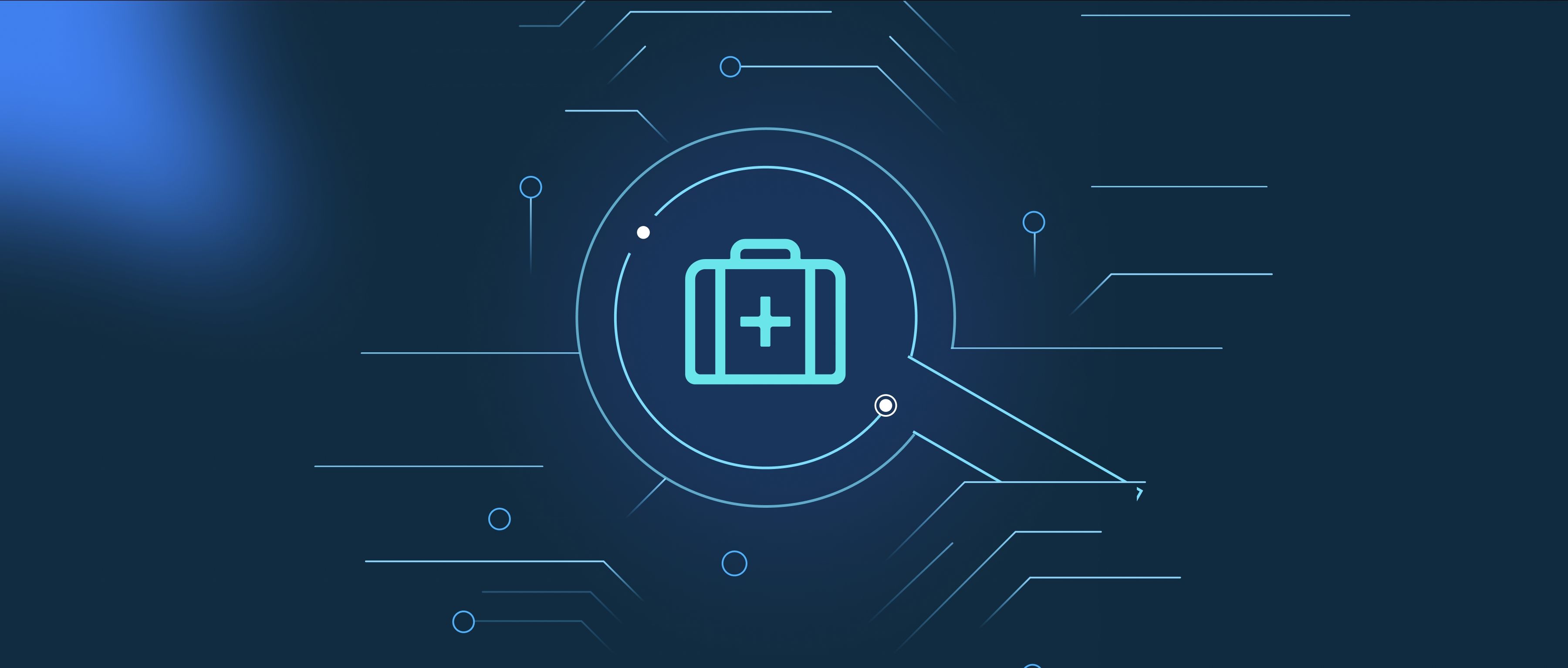HOG (Histogram of Oriented Gradients) and LBP (Local Binary Patterns) are feature extraction techniques used in image processing, but they focus on different aspects of an image. HOG emphasizes the gradient and edge direction, while LBP focuses on local texture patterns. HOG computes the gradient orientation in an image and creates a histogram of these directions within small regions. It is commonly used for tasks like object detection, especially pedestrian detection, due to its ability to capture edge structure effectively. LBP, on the other hand, examines the relationship between a pixel and its surrounding neighbors, encoding these patterns into binary representations. It is widely used in texture classification and facial recognition. HOG works better for shape-based tasks, while LBP is suited for texture-based analysis.
What is the difference between HOG and LBP?

- Accelerated Vector Search
- How to Pick the Right Vector Database for Your Use Case
- Natural Language Processing (NLP) Basics
- GenAI Ecosystem
- Getting Started with Zilliz Cloud
- All learn series →
Recommended AI Learn Series
VectorDB for GenAI Apps
Zilliz Cloud is a managed vector database perfect for building GenAI applications.
Try Zilliz Cloud for FreeKeep Reading
How can you incorporate DeepResearch results into your work (for example, exporting or sharing the generated report)?
To incorporate DeepResearch results into your work, you can export or share generated reports in formats that align with
How does open-source foster collaboration?
Open-source software fosters collaboration by allowing developers to freely share, modify, and improve code. This model
How is multimodal AI used in robotics?
Multimodal AI refers to systems that can process and integrate information from multiple sources or types of data, such